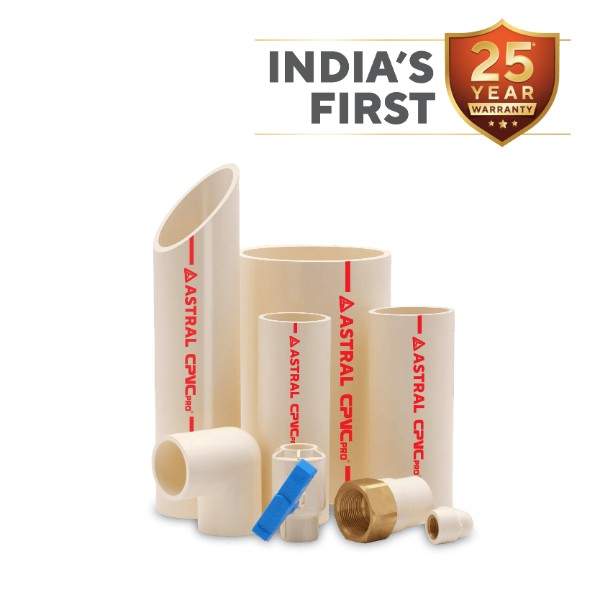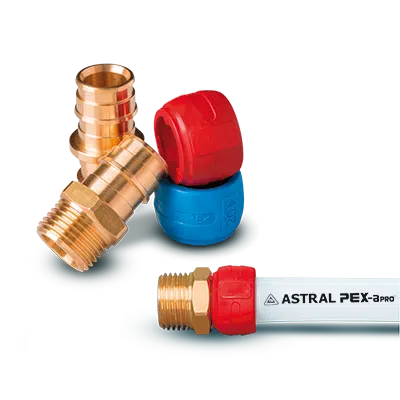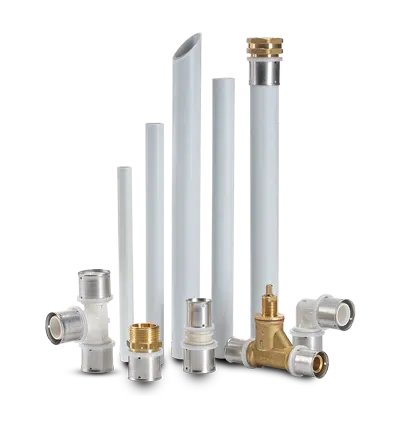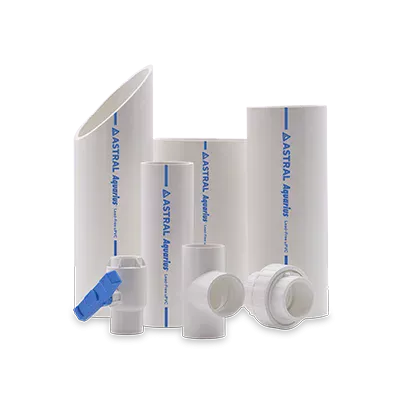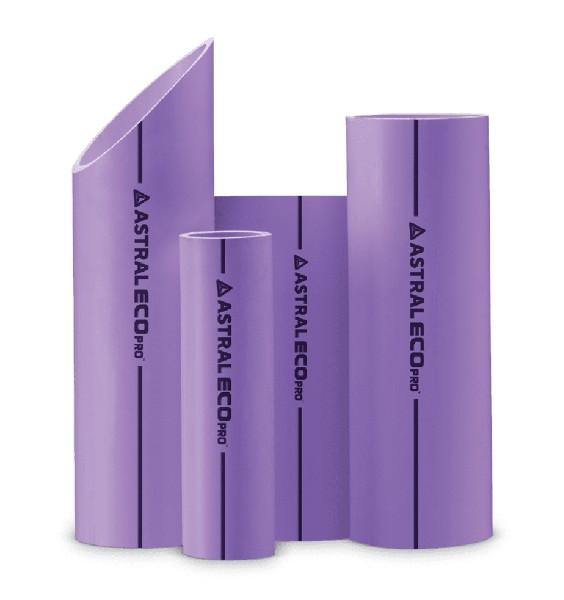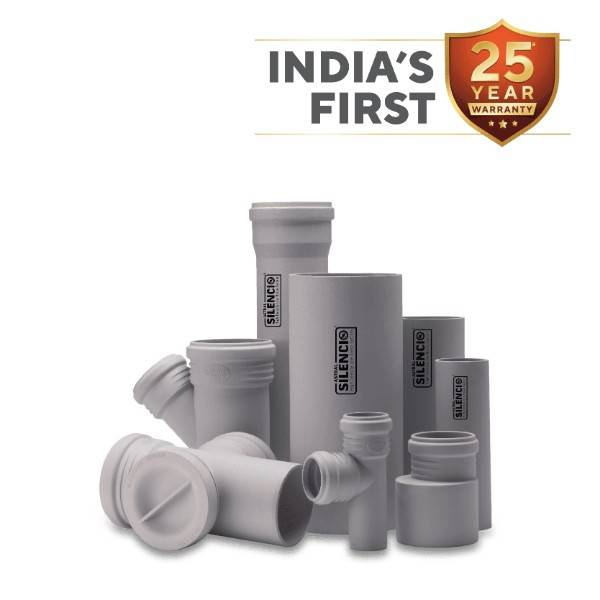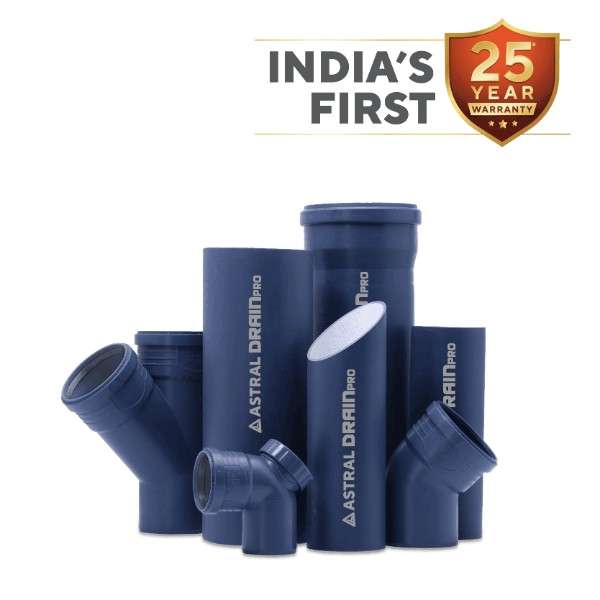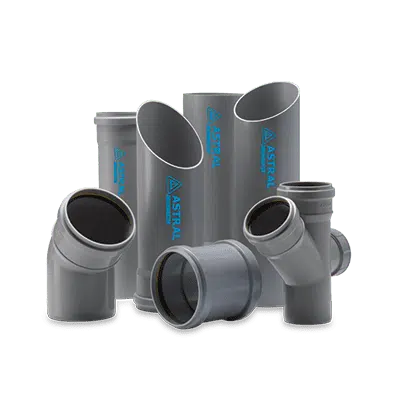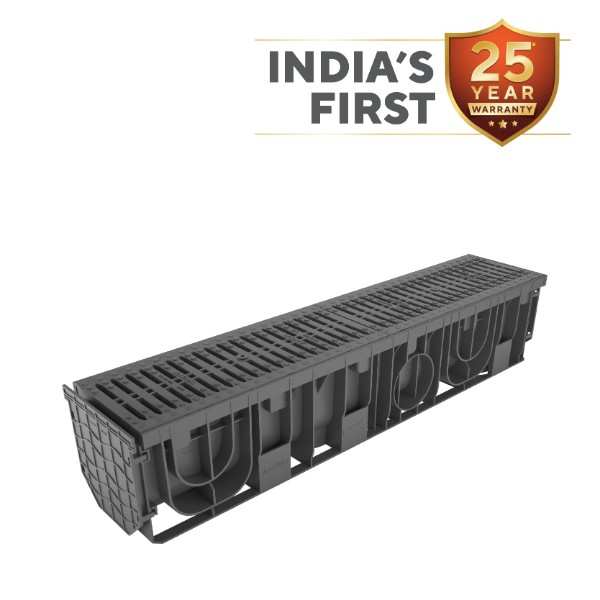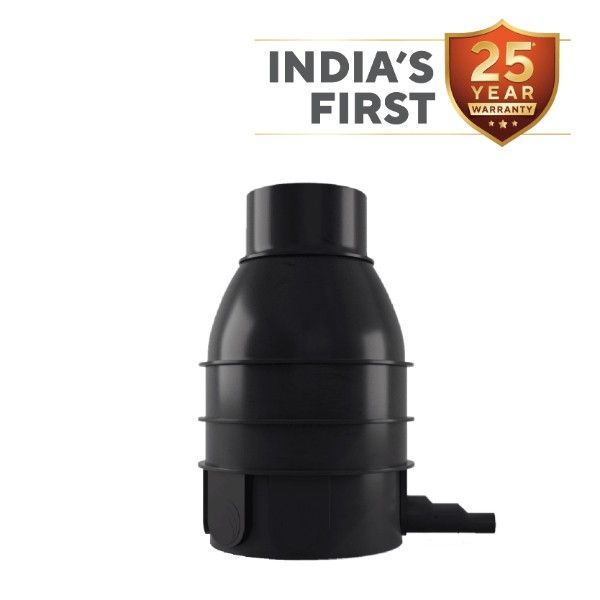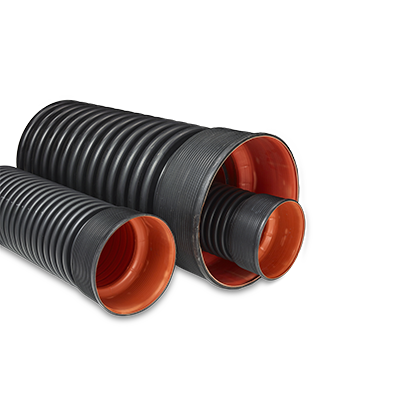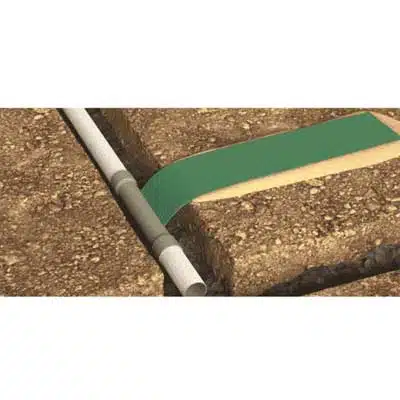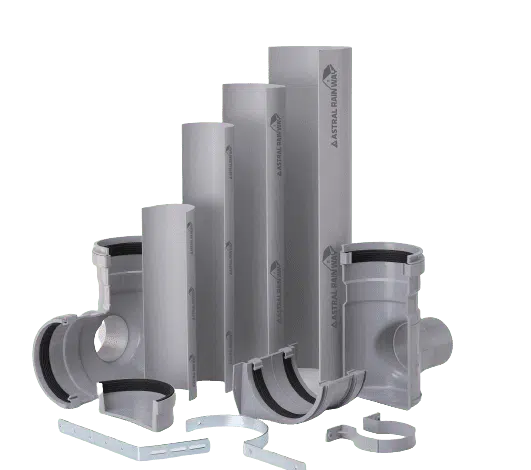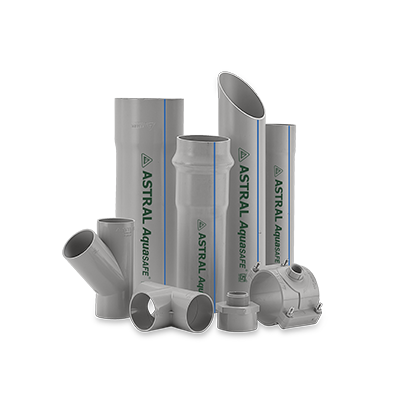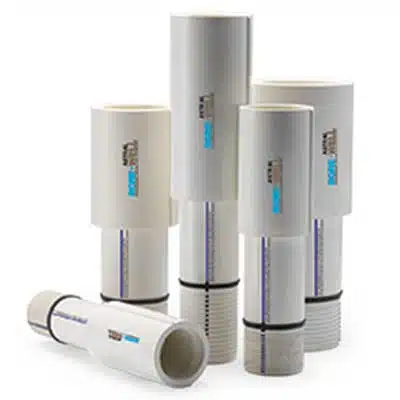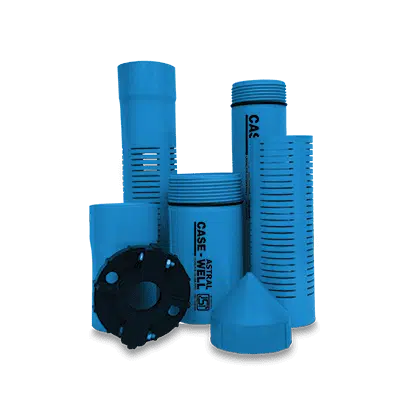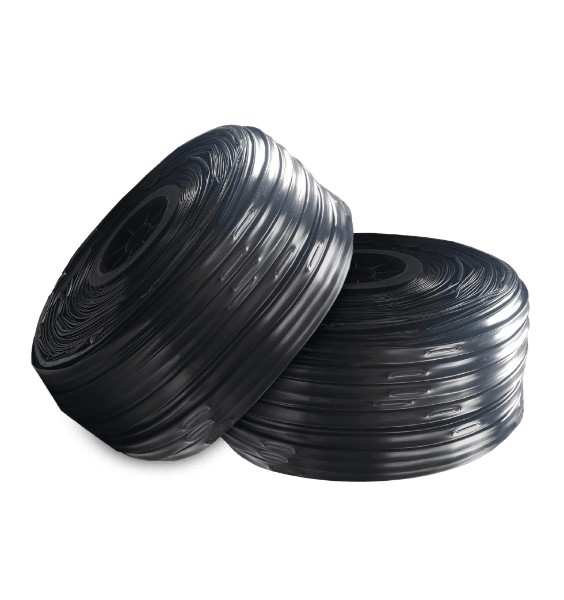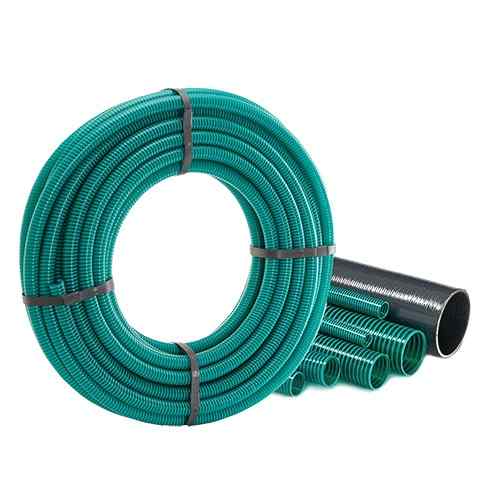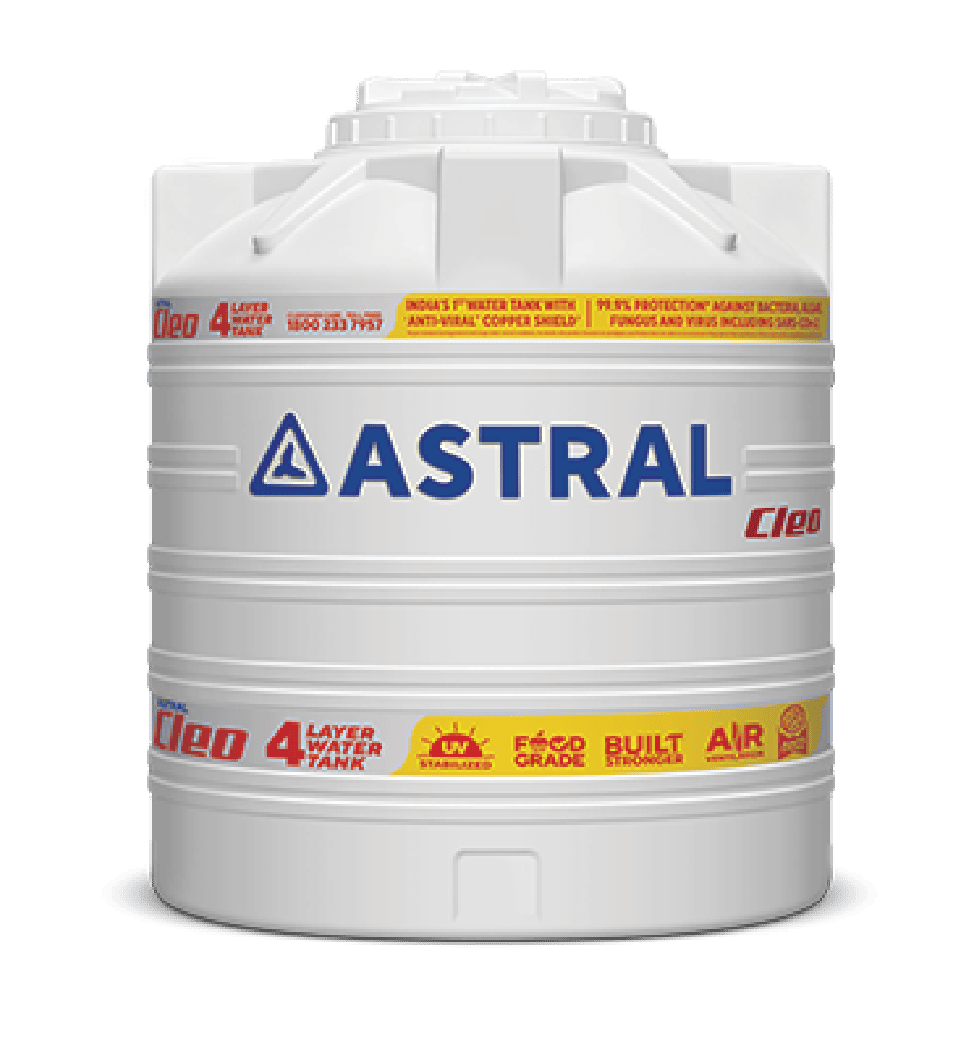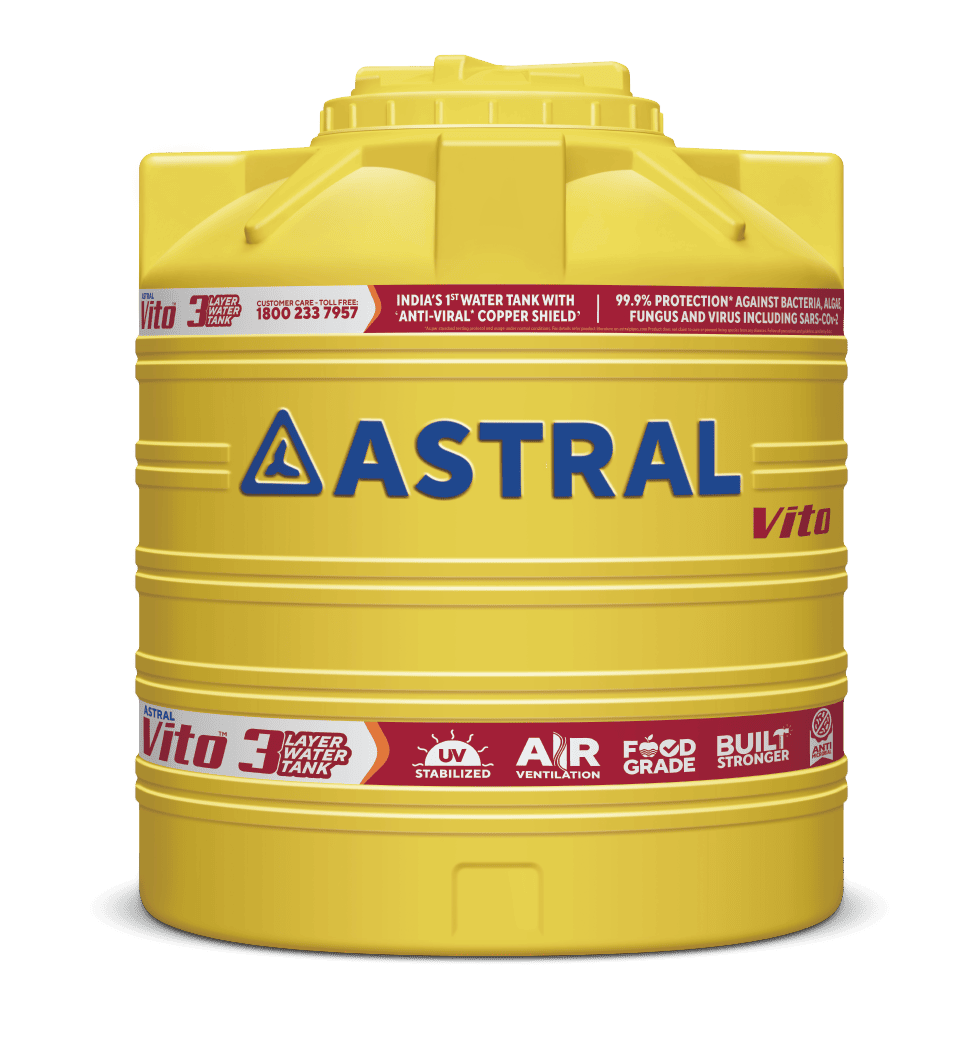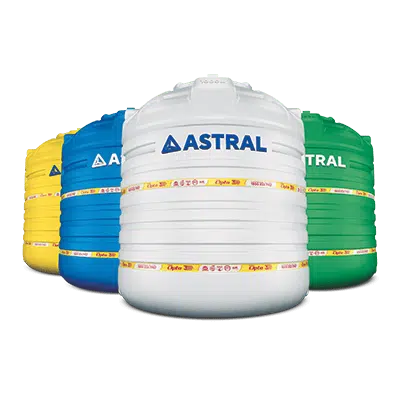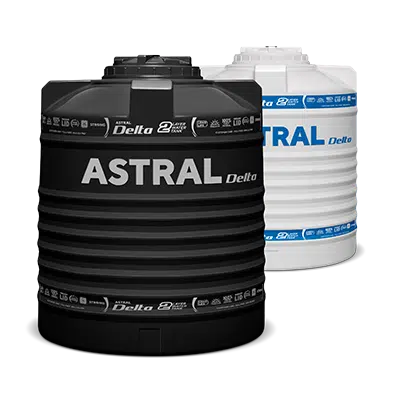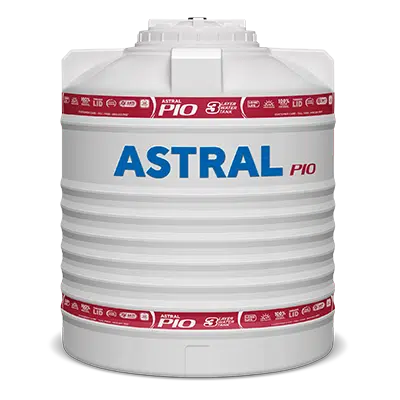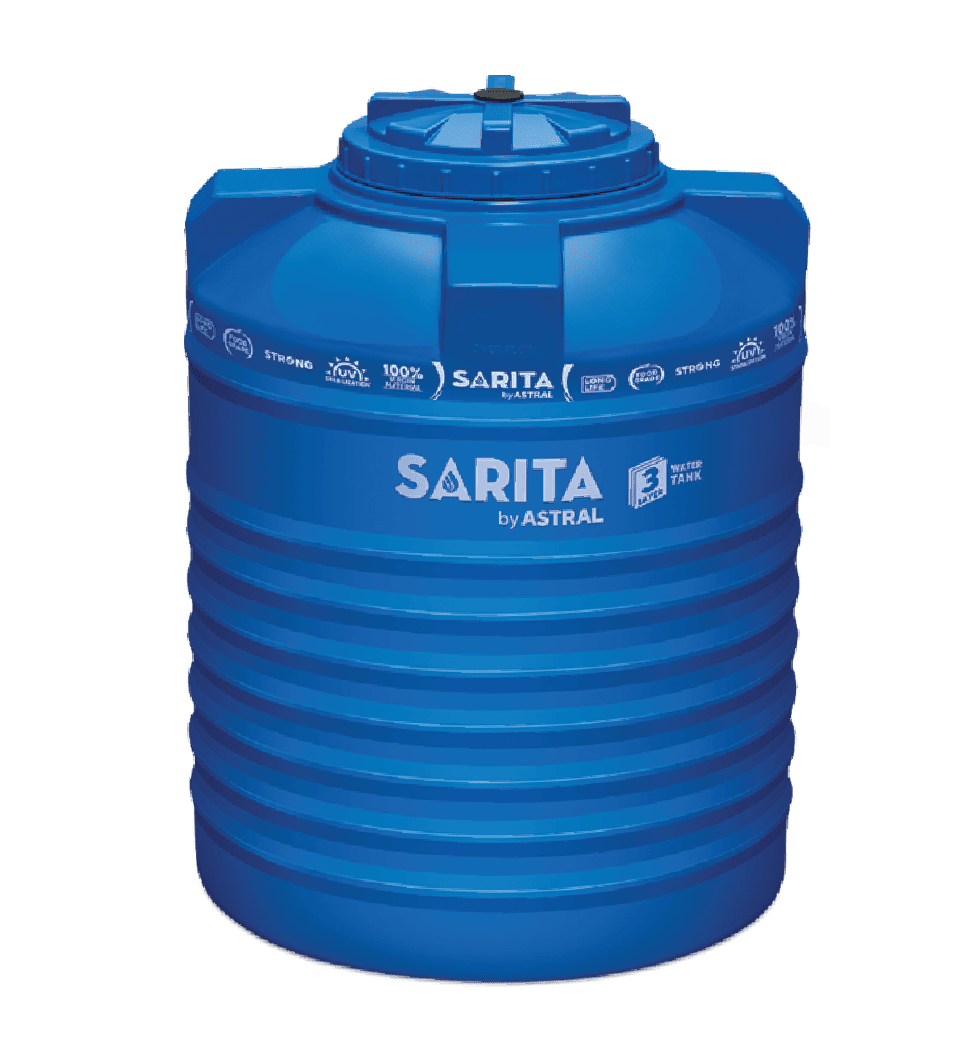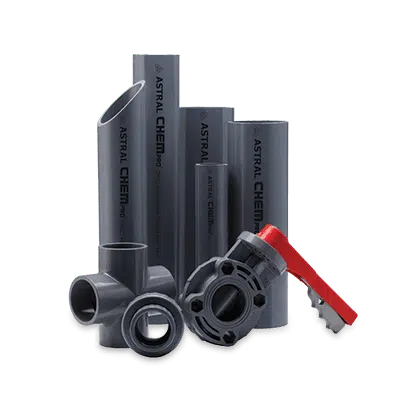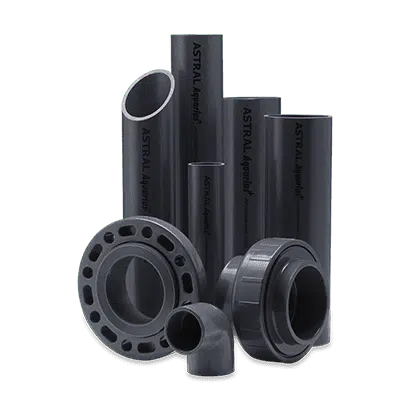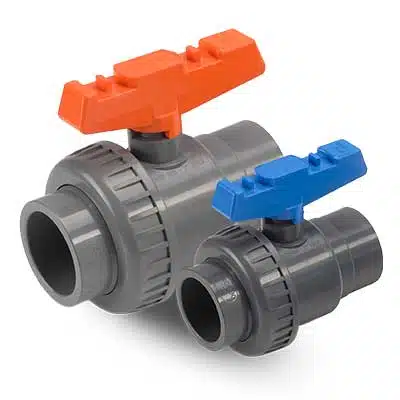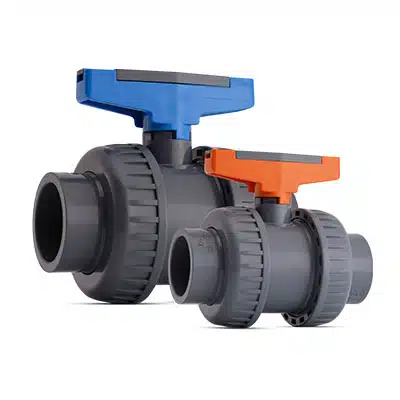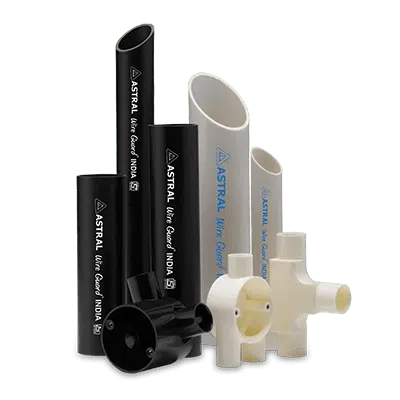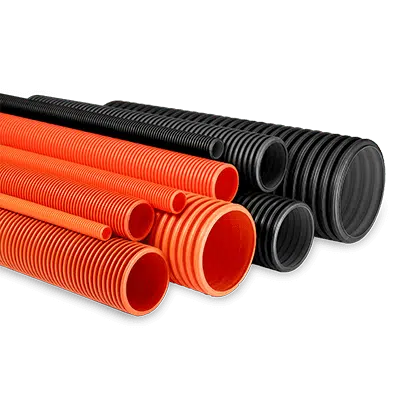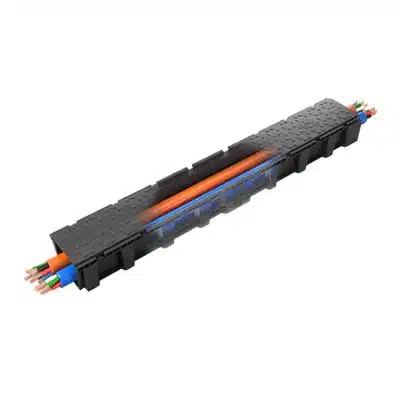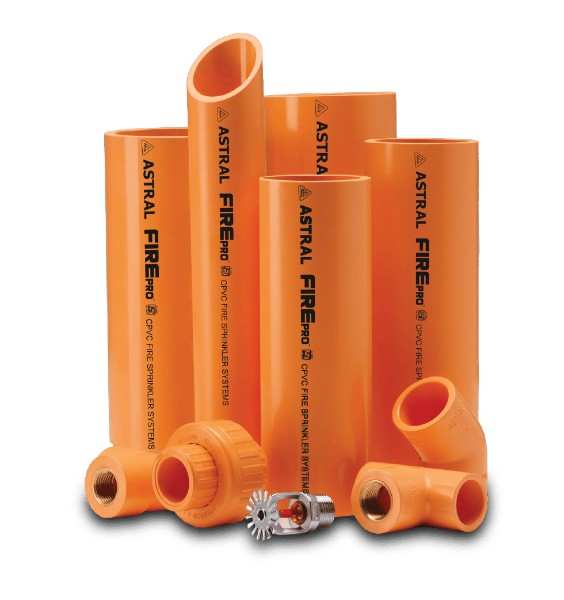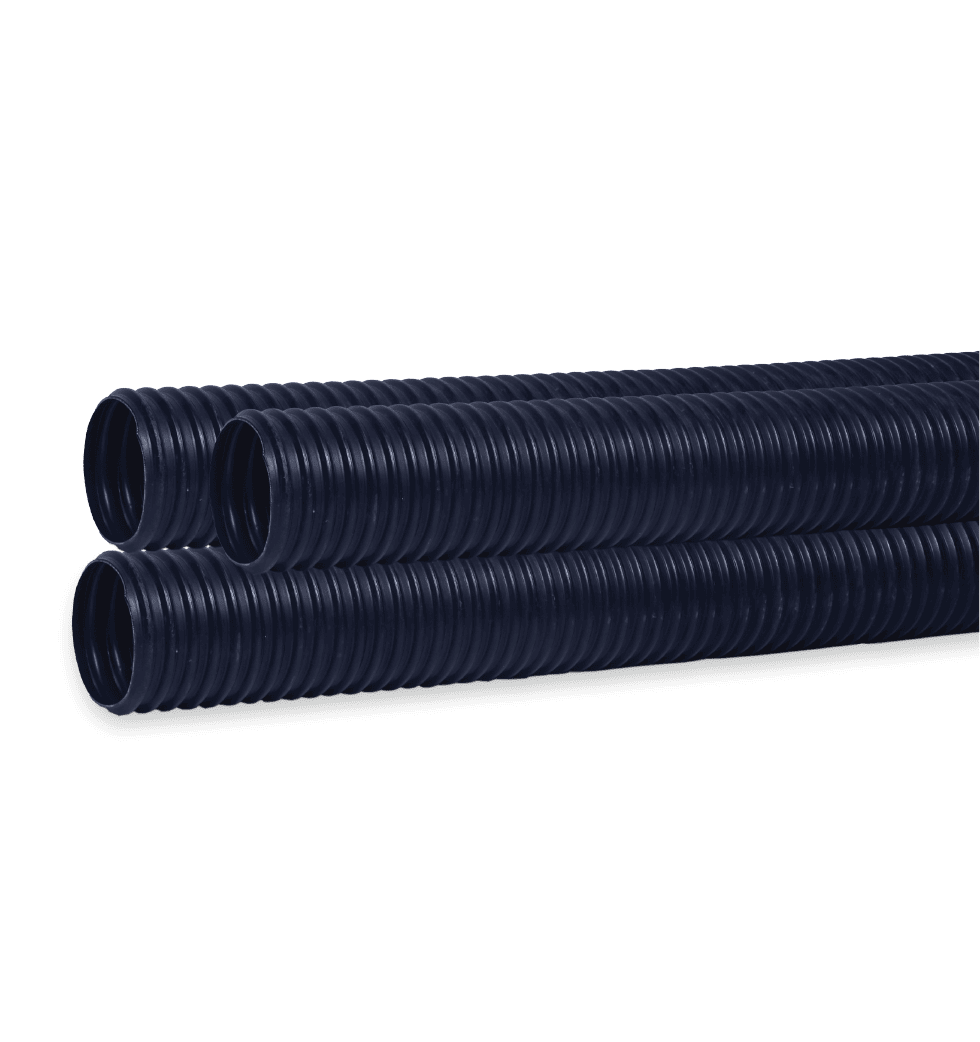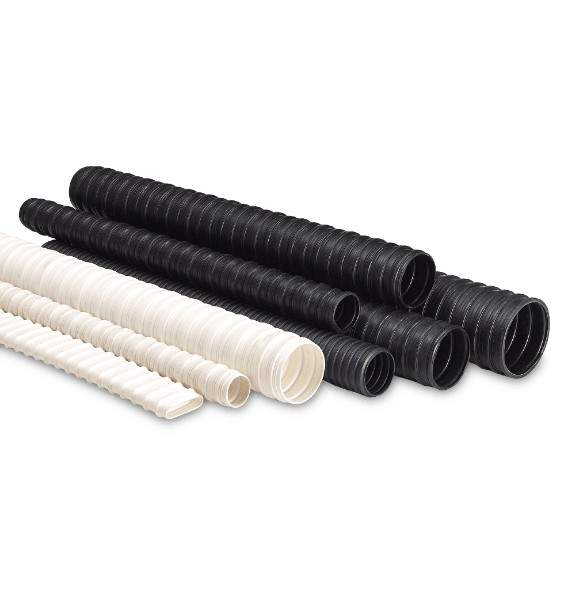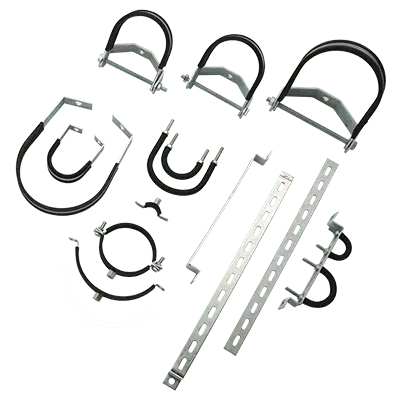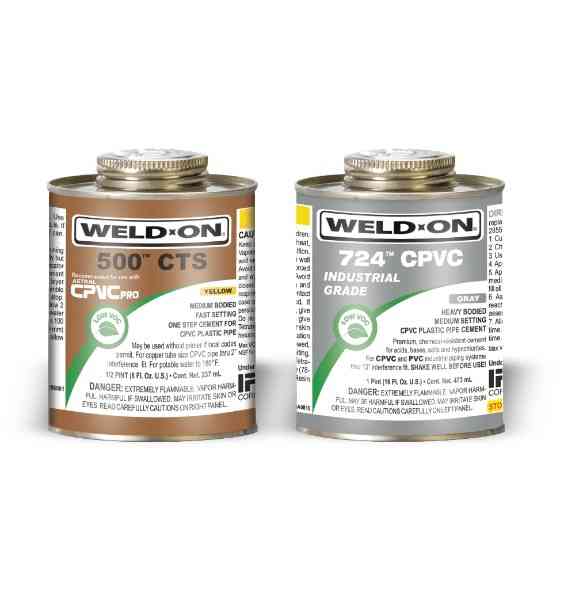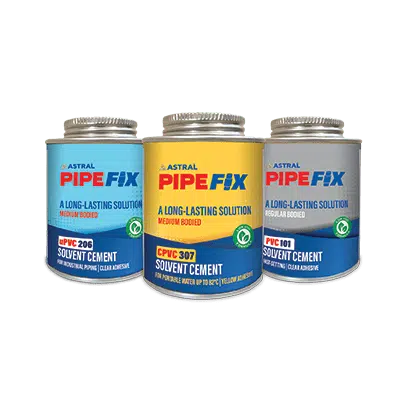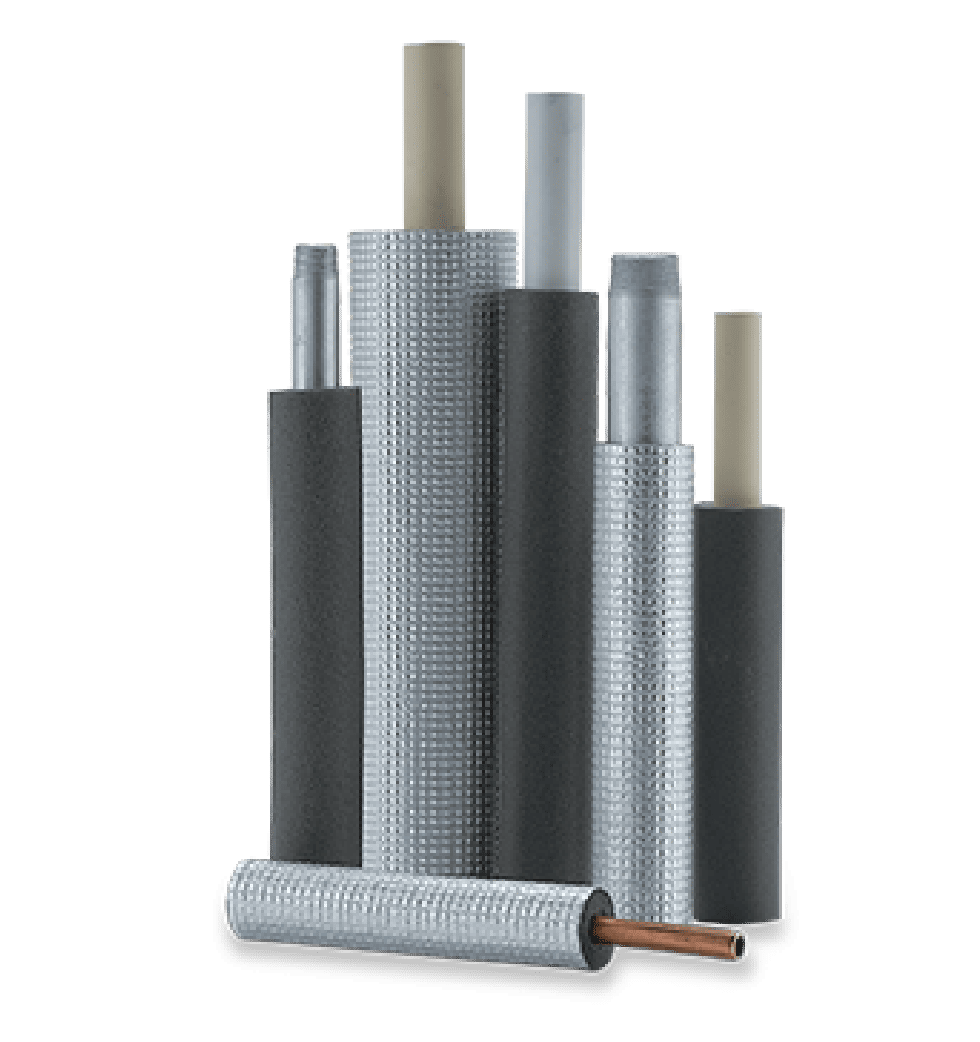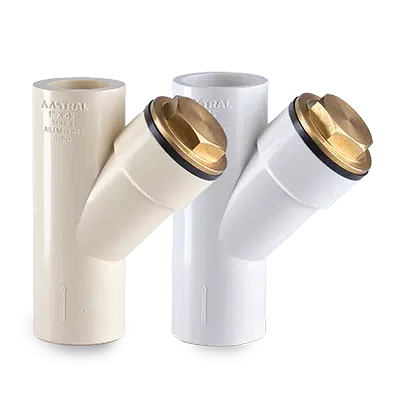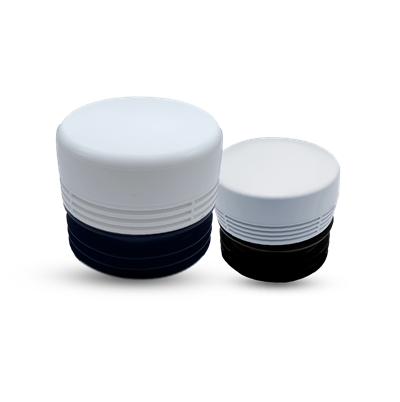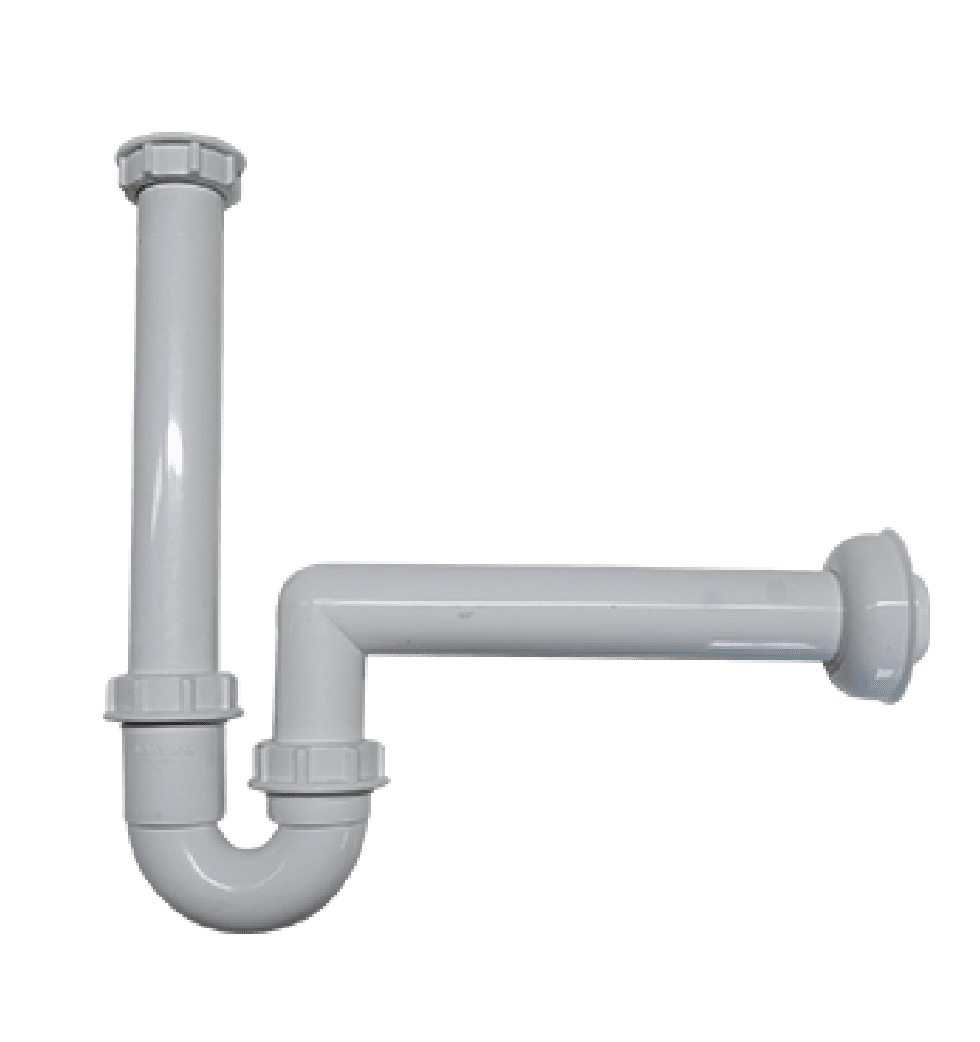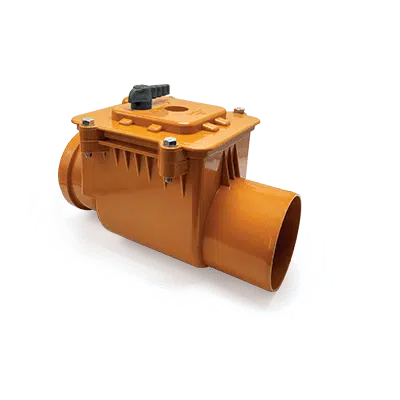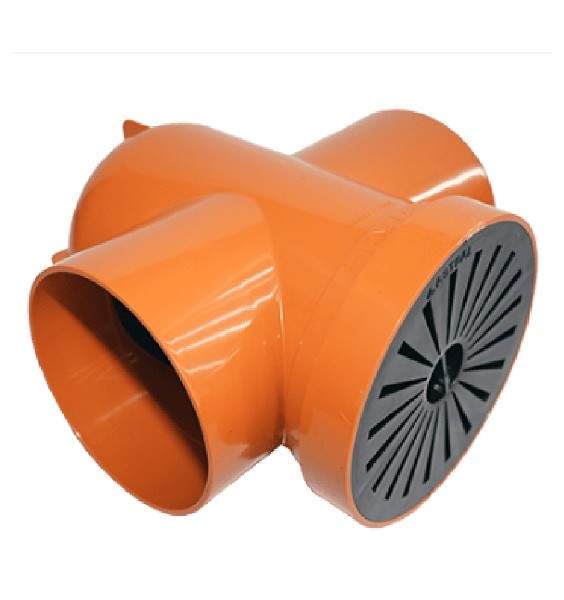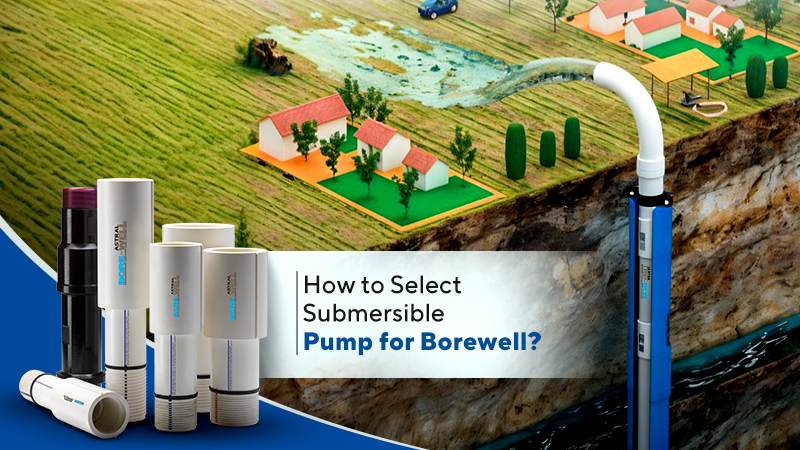
26 Apr 2025
How to Select Submersible Pump for Borewell?
A reliable water supply starts with the right submersible pump for borewell applications. Whether for residential, agricultural, or industrial use, the best submersible pump ensures efficient water extraction from deep underground, providing consistent performance with minimal maintenance. These pumps are designed to operate fully submerged, making them energy-efficient, durable, and ideal for borewells of varying depths.
This guide will walk you through everything you need to know—from how submersible pumps work to choosing the best one for your specific requirements. Whether you’re installing a new borewell system or upgrading an existing one, understanding these factors will help you make an informed decision for a seamless and uninterrupted water supply.
What is a Submersible Pump?
Submersible pumps are specialised water pumps designed to be completely ‘submerged’ in water. Unlike surface pumps, these fully waterproof electric motors are directly coupled with the pump body and operate underwater within the borewell. Specifically engineered for deep water extraction, they are ideal for accessing groundwater from boreholes ranging from 100mm to 200mm in diameter.
These pumps come in various power ratings, typically measured in horsepower (HP). Domestic models usually range from 0.5HP to 5HP, while industrial and agricultural variants have much higher capacities. Submersible pumps are built using corrosion-resistant materials like stainless steel, coated cast iron, or high-grade thermoplastics to withstand harsh underwater and underground conditions.
How Does a Submersible Pump Work?
The way a submersible pump works is quite simple. When placed underwater, its waterproof motor generates pressure to push water upward. The pump draws in water through an intake screen and directs it into multiple chambers. Inside these chambers, rotating blades called impellers increase the water’s speed and pressure.
With each stage, more pressure builds up, helping lift water from deep underground. The pressurised water then moves through a discharge pipe, which connects the water source to an outlet. To prevent backflow, a special valve ensures that water doesn’t return when the pump is switched off. Factors like water density and mineral content can affect performance, especially in borewells with high mineral deposits.
Why Submersible Pumps for Borewells are Essential?
Submersible pumps offer numerous advantages that make them the preferred choice for borewell applications:
– Excellent energy efficiency as they push water from below rather than pulling it upwards, resulting in lower electricity consumption and reduced operating costs
– Minimal noise and vibration due to their underground installation, creating a quieter environment compared to conventional pumps
– Enhanced safety with an enclosed design that significantly reduces the risk of electrical hazards
– Longer lifespans due to robust construction and continuous cooling from the surrounding water
– Space efficiency as they are installed entirely within the borewell, eliminating the need for pump houses
– Reliable water delivery capability even from considerable depths
– Resistance to cavitation and vapour lock issues, ensuring consistent water supply
– Lower maintenance requirements compared to surface-mounted alternatives
– Better performance in varying water levels as they remain submerged
How to Select a Submersible Pump for Borewell?
While choosing the best submersible pump for your project, consulting qualified water system professionals can provide valuable insights specific to your location and needs. Their expertise can help you navigate technical considerations and avoid costly mistakes.
While consulting a qualified water system professional is recommended, understanding these factors yourself ensures you can make a well-informed decision and discuss your requirements more effectively. Here’s what to consider when selecting a submersible pump for your borewell:
Step 1. Assess Water Requirements
For the right submersible pump for borewell begin by calculating your daily water consumption in litres. For residential use, determine the number of occupants, fixtures and typical usage patterns. For agricultural pipe applications, consider irrigation needs based on land area and crop type. This analysis establishes your required flow rate in litres per minute (LPM).
Step 2. Evaluate Borewell Characteristics
Measure your borewell’s key parameters including diameter (typically 100-200mm), total depth, static water level and dynamic water level during pumping. Ensure the pump diameter is smaller than your borewell casing, leaving at least 10-15mm clearance on all sides for proper installation and heat dissipation.
Step 3. Calculate Total Head Requirements
The total head comprises static lift (vertical distance from water level to discharge point), friction losses in pipes and required delivery pressure. Each additional metre of head increases the pump power requirement, so accurate calculation is essential for selecting the appropriate HP rating for the best submersible pump.
Step 4. Consider Priority Level
Determine the pump’s importance to your water supply system. Primary water sources (Priority P1) require maximum reliability and possibly backup systems. Secondary applications (P2) may accommodate standard-quality equipment, while occasional-use installations (P3) can utilise more economical options without compromising basic functionality.
Step 5. Analyse Water Quality
Examine your groundwater for sand content, mineral composition and corrosive properties. For water with abrasive particles, choose pumps with specialised sand-handling features. Water with high mineral density may require stainless steel construction to prevent corrosion and maintain efficient operation over time.
By methodically evaluating these factors, you can identify the best submersible pump specifications that will deliver optimal performance for your specific borewell conditions. This ensures a reliable water supply and maximises the longevity of your investment.
Quality Borewell Pipes for Optimal Pump Performance
The efficiency of your submersible pump for borewell relies heavily on quality borewell pipes. Astral Bore-Well Column pipes provide effective solutions for groundwater extraction systems. These pipes offer several advantages over standard options, including their lead-free composition and absence of heavy metals, which help ensure water safety.
Astral borewell pipes undergo rigorous testing for pressure tolerance and corrosion resistance. Their precise threading systems prevent leakage while their smooth interior surfaces reduce friction, enhancing pump efficiency. Astral pipes feature UV resistance and anti-microbial properties that prevent contamination.
When selecting a submersible pump for borewells, compare the performance of shortlisted models to ensure efficiency under your specific conditions. Consider upfront and long-term costs to determine the true value. Consulting with experienced professionals familiar with local water conditions can provide invaluable insights. This methodical approach helps you choose the best submersible pump that delivers reliable, efficient service for years, a worthwhile investment for your water supply needs.
FAQs
1. What type of pipe is used in a borewell?
uPVC casing pipes are commonly used in borewells due to their corrosion resistance, lightweight nature and durability. These pipes do not react with water or chemicals in the soil, ensuring long-term performance.
2. Which borewell size is best?
The ideal borewell size typically ranges from 4.5 inches to 6.5 inches in diameter for domestic and agricultural use. The best size depends on the water yield required, pump size, and depth of the water table. A 6-inch borewell is commonly preferred as it accommodates higher-capacity submersible pumps and offers better long-term performance.
3. Which type of water pump is best for home use?
For home use, submersible pumps are considered the best, especially for deep borewells. They are energy-efficient, quiet, and effective in drawing water from significant depths. For shallow sources, centrifugal pumps or jet pumps can also be suitable. The choice depends on the water table depth and household water requirements.
-

26 Apr 2025
How to Select Submersible Pump for Borewell? -
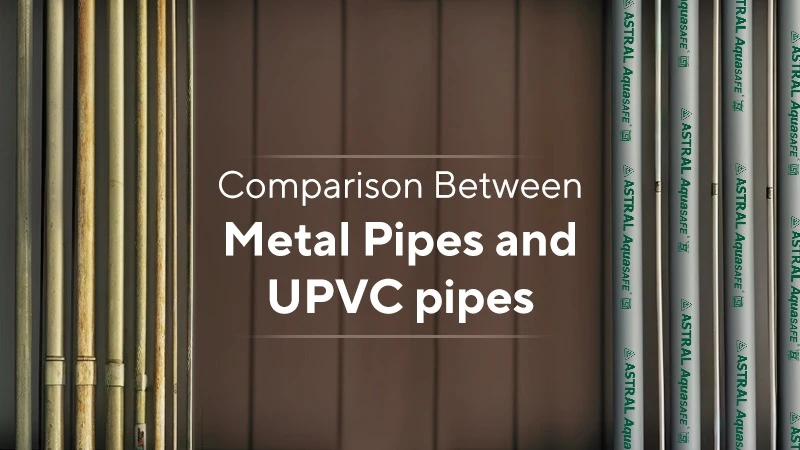
21 Apr 2025
Comparison Between Metal Pipes and UPVC Pipes -
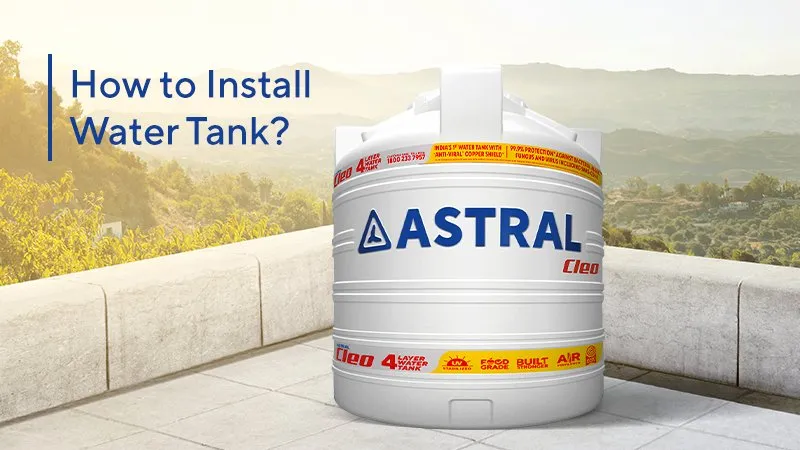
16 Apr 2025
How to Install Water Tank? -

09 Apr 2025
Plastic Pipes vs Copper Pipes: Which One is Better for Plumbing? -
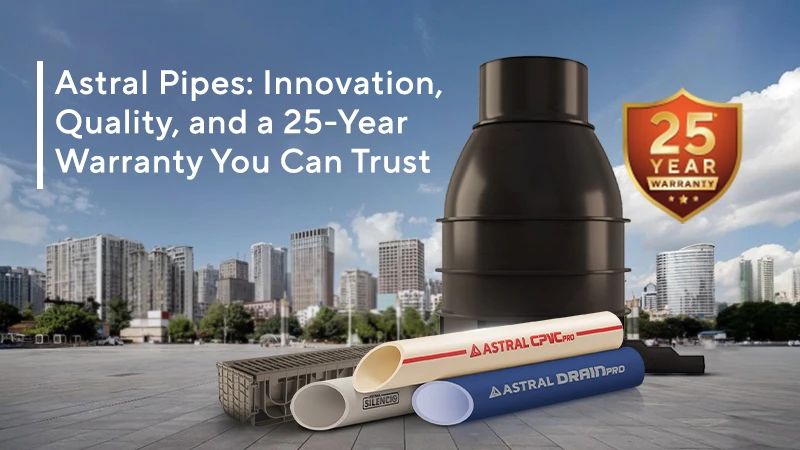
04 Apr 2025
Astral Pipes: Innovation, Quality, and a 25-Year Warranty You Can Trust


